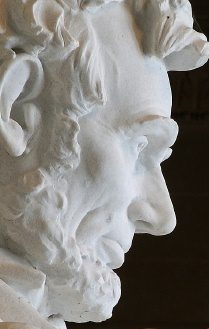Somewhere I read that St. Louis County Commissioner Steve O’Neil is praising Congressman Jim Oberstar for the clout he can exercise in Congress by virtue of spending the last half century there, most of that time as a Congressman. Yup, Jim just suggested that the same mileage tax be placed on my prius that the owner of a Humvee would pay. Just what we need for leadership with that finely honed sense of enviornmental awareness.
But I digress. Yesterday I commented on the dueling estimates for passenger traffic on the proposed Northstar line. It would be about 150,000 annual visitors from the Twin Cities to Duluth at the end of the next twenty years. So MNDOT finally called me back today. They pointed me to their webpage with traffic counts in it.
So after looking at the statewide traffic I got these daily figures for different stretches of I-35 from Forest City to Duluth.
Forest Lake – Wyoming = 55000
Wyoming – North Branch = 37000
North Branch – Rush City = 24100
Rush City – Pine City = 23300
Pine City – Hinckley = 20900
Hinckley – Sandstone = 16800
Sandstone – Moose Lake = 14800
Moose Lake – Cloquet = 25500
Cloquet – Duluth = 27600
So, if you take the least traveled stretch of I-35 you get 14800 trips. If you assume that one third of this is local traffic you come up with a rough guess as to the average traffic between the the Twin Cities and Duluth which would be 10,000. So, multiply this by 365 days and you end up with a figure of 3,659,000. Its probably safe to say that in 2006 thre were 25 time more passengers traveling the entire length of I-35 as will travel that distance twenty years from now on the railroad – and that’s assuming that every passenger car only had a single passenger.
Will the editors of the Trib admit their over optimism twenty years from now if their comments prove to be little more than pie in the sky?
